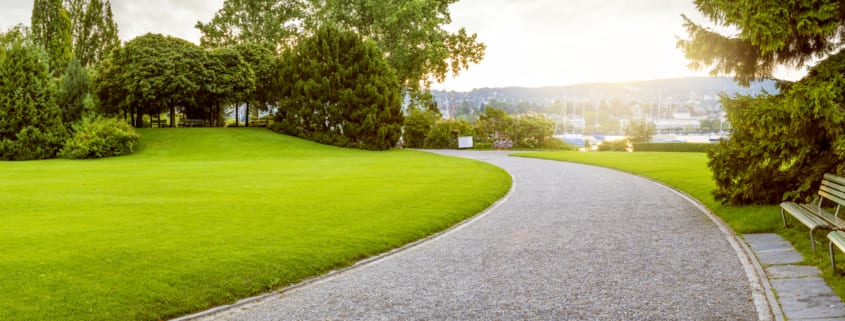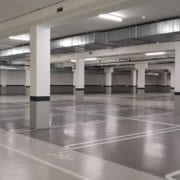Why the Rising Demand for Urban Living is Driving Senior Housing Development from Suburban to Urban Areas
Today, the population of renters in large, urban cities mainly consists of young professionals who enjoy the perks of the city life, such as a close proximity to shops, restaurants, and offices. In fact, a 2014 report by Nielsen revealed that 62% of Millennials indicated a preference for living in the type of mixed-use communities found in urban centers. Although younger demographics continue to dominate the urban living landscape, between 2009 and 2015 the rental population of seniors aged 55 and over increased by 28% (in comparison to the 3% increase in renters 34 and younger). One of the major drivers for this growth is the need to downsize as seniors approach retirement.
Baby Boomers, born between 1946 and 1964, are heading into retirement at a rate of about 10,000 people per day. The millions of Baby Boomers reaching retirement age today are demanding a new, more urban style of living. This type of lifestyle allows seniors to be integrated into communities that offer shopping restaurants, cultural and educational opportunities, and access to healthcare systems. As new senior housing planning and development begins, the rising demand for urban living amongst seniors is sure to impact the future of senior housing.
Read ahead to learn why today’s seniors are migrating towards urban living and what this means for the future of senior housing developments.
The Appeal of Mixed-Use Developments
Mixed-use developments with senior housing as a component are a new concept that has more recently begun to gain traction amongst investors, developers, and future residents alike. These mixed-use senior living developments include offerings that are open to both residents and members of the surrounding community. According to Senior Housing News, this trend is driven by the growing number of Baby Boomers entering the senior living space and the shift from acute care to wellness and prevention (which is causing the development of more health-focused real estate that is integrated with traditional housing and retail).
Senior living projects in mixed-use developments provide all of the amenities and services that seniors desire including restaurants, high-traffic retail, fitness centers, and courtyards. These shared amenities and services make it possible to create a “community within a community” and are the foundation for the multigenerational living that many Baby Boomers desire. As more seniors gravitate towards urban areas where they can easily interact with others and immerse themselves in the culture and lifestyles of the city, the appeal of mixed-use developments will drive more senior to urban areas. In turn, more senior housing development is likely to occur in dense urban markets.
The Convenience of Public Transit and Walkability
With the prediction that nearly 20% of Americans will be classified as 65 or older by 2030, this group is one of the fastest growing segments of the U.S. population. As this population continues to grow, so does the number of Americans that do not drive. Today, almost ¼ of Americans over the age of 65 do not operate a vehicle, making convenient access to public transit a priority for many seniors.
Public transit and walkable neighborhoods allow senior housing residents to live their lives more freely, which is why urban developments are becoming so attractive to seniors. In fact, research indicates that between 80% and 90% of seniors prefer to live in walkable neighborhoods. A close proximity to public transit systems also typically means that the commute to healthcare facilities will be easier. With reliable transportation, the likelihood of senior housing residents making it to their appointments on time is increased.
What Does This Mean for The Future of Senior Housing Development?
The growing attraction of seniors to urban areas has created opportunities for the development of new senior housing facilities that can effectively resolve the evolving demands of today’s senior residents. As these needs evolve and the urbanization of senior housing occurs, the market will be forced to change along with it. For developers, this means that the typical gated retirement communities in secluded suburban locations may no longer be the most effective means of living for seniors. Instead, urban-style communities in amenity-rich neighborhoods should be more heavily considered. As the growing demand for senior housing continues, more players are entering the space and creating a challenging environment. Owners and developers that want to get ahead understand the impact of urban living on today’s seniors and are leveraging this knowledge to get ahead.
Read The State of Senior Housing in 2018 to learn more about the senior housing market and how it is maturing and evolving.









